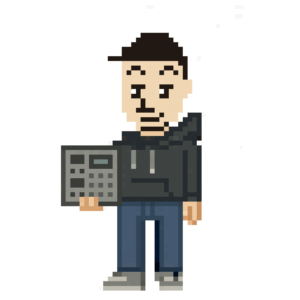In the world of music production, audio clipping is an issue that all beatmakers must address. Clipping occurs when an audio signal’s amplitude exceeds the maximum level that can be accurately represented, resulting in distortion and a loss of audio quality. In beatmaking, this can lead to a less polished and professional sound, which may negatively impact the overall listening experience. This article aims to provide a comprehensive guide on how to avoid audio clipping in beatmaking, discussing essential techniques, best practices, and helpful tips for achieving a clean, high-quality sound.
To view the content ahead, you need to register as a paid member. Click here to log in.


Leave a Reply